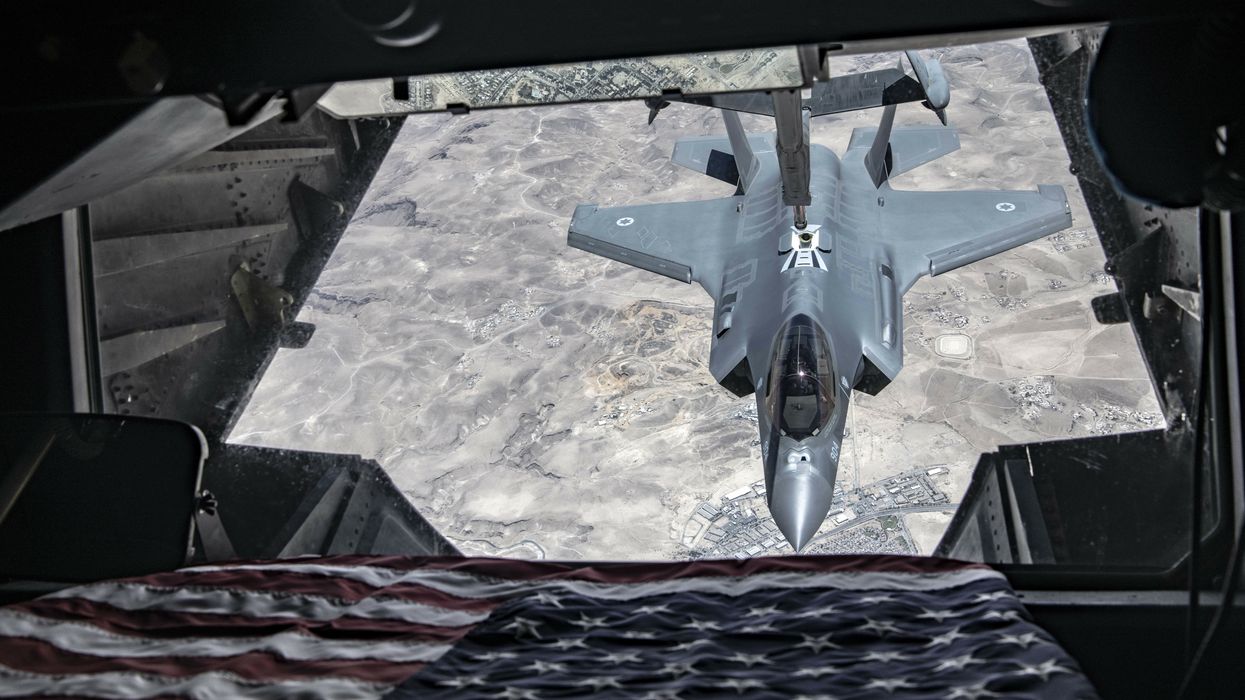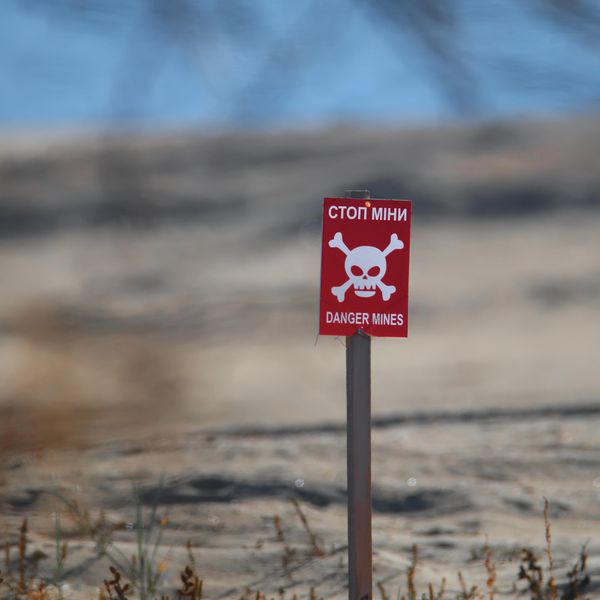UPDATE 3/22: In a new posting on his Substack, investigative journalist Sy Hersh contends that the CIA concocted a cover story about the source of the Nord Stream pipelines in order to discredit his own reporting, which charges the Biden Administration with the dirty deed.
He writes Wednesday about the media "black out"of his reporting (which we covered here) and more:
Two weeks ago, after a visit by German Chancellor Olaf Scholz to Washington, US and German intelligence agencies attempted to add to the blackout by feeding the New York Times and the German weekly Die Zeit false cover stories to counter the report that Biden and US operatives were responsible for the pipelines’ destruction...
...There have been no statements or written understandings made public since then by either government, but I was told by someone with access to diplomatic intelligence that there was a discussion of the pipeline exposé and, as a result, certain elements in the Central Intelligence Agency were asked to prepare a cover story in collaboration with German intelligence that would provide the American and German press with an alternative version for the destruction of Nord Stream 2. In the words of the intelligence community, the agency was “to pulse the system” in an effort to discount the claim that Biden had ordered the pipelines’ destruction.
Read more on his paid Substack here.
Don't expect a part-two to Sy Hersh's explosive expose in which he accuses the Biden Administration of plotting and carrying out the September 2022 sabotage of the Nord Stream pipelines. At least not anytime soon.
When I asked Tuesday night if he would have a follow up, the 85-year-old investigative journalist said simply, "no."
The audience at the National Press Club seemed to deflate, just a bit. He suggested it was about not further exposing his sources. "It just comes down to protecting people," he added, "that's the priority, even if it means not telling everything I know."
He seemed to tease otherwise in his post, "Crap on the Wall," on Feb. 15, in which he ruminated on the casual way the administration was dismissing his Nord Stream reporting. He concluded with this:
There may be more to learn about Joe Biden’s decision to prevent the German government from having second thoughts about the lack of cheap gas this winter.
Stay tuned. We are only on first base . . .
But the issue of his anonymous sourcing, which appears in the story as one individual, has been a point of contention since he published his 5300-word exposé on Feb. 8. He mentioned several times in his wide ranging remarks Tuesday night that he had never exposed his sources and hadn't planned to now. "I was at a restaurant the other day and someone came up to me and said, 'who were your sources?' I'm not going to say."
"Nobody is going to jail for talking to me, nobody has gone to jail for me in 50 years."
Which appears to mean that he has said all that he wants to right now on the U.S. Navy diver team that supposedly set the explosives and rigged them to go off in three places on two pipelines last September. Even when the New York Times and German press seem to be cajoling him to prove their own alternative stories wrong. Both have been pushing a loosely detailed, altogether thin theory that a group of five pro-Ukrainian rogues on a chartered yacht were responsible for the sabotage (some have suggested that a "false flag" or a cover-story is at work to deflect from Hersh's reporting, or just plainly, away from the truth).
"It's such a crazy story. It's such a bad story," he said, noting that of all the sturm und drang about his own sourcing, the NYT had based its own reporting on several unnamed U.S. intelligence officials.
"That story — I know more about that than I can say. I just can't talk about it," he told the audience. He noted a number of obvious holes and lack of detail, however, as well as the New York Times reporters' own admission that they have very little insight into what really transpired.
He did seem tempted to say more but changed the subject, something he did quite often, at one point joking that he was reticent to attend Tuesday's Committee for the Republic event (the group had given him an award just four years ago for his lifetime of investigative journalism) likely because he knew he would be pummeled with such questions. But he was nonetheless game, talking jovially for over an hour about the old days at the Times and the sycophantic Washington press corps, and then more seriously about what he called Biden's dangerous policies in Ukraine and Washington's warmongering in East Asia.
"We did stupid things then and I'm worried we are going to do something else now," he said, fast-forwarding from Vietnam to today.
"I do know that we are in a real crisis here with the leadership we have on foreign policy."
















